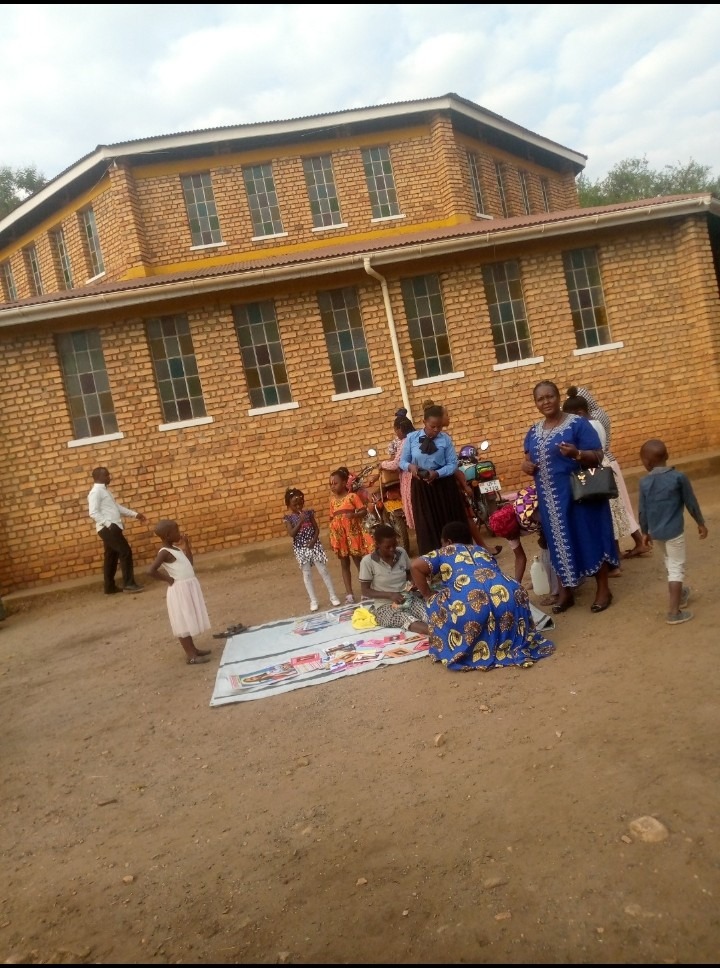Introduction: The Essence of Gratitude Through Time
Throughout history and across cultures, offerings and thanksgiving have served as profound expressions of gratitude, humility, and acknowledgment. These practices are deeply ingrained in the human experience, symbolizing our appreciation for abundance, divine favor, and communal ties. This exploration takes us on a journey to understand the universal significance of these traditions and their enduring impact on our lives.
Unveiling the Tradition Across Cultures and Ages
Spiritual and Religious Practices
From the ancient sacrificial altars to modern-day places of worship, the act of making offerings is a universal symbol of reverence and devotion. Whether it’s lighting incense in a serene temple, participating in a traditional feast, or giving alms, these practices are foundational in expressing gratitude to a higher power and seeking blessings for the future.
Cultural Significance
Harvest festivals and seasonal celebrations stand as testament to humanity’s connection with nature and the cycles of life. In every corner of the world, communities gather to give thanks for the bounty of the land. These festivals, rich with food, dance, and music, not only celebrate the earth’s generosity but also reinforce
Offerings in a church typically refer to monetary contributions or donations made by congregants to support the church and its activities. Believers always give offertories in form of food stuff, money, clothes and other household items.
Which purpose do offertories serve in churches?
These offerings serve various purposes:
Supporting the Church: Financial contributions help cover operational costs, maintenance, and support various church programs.
Charitable Causes: Churches often allocate a portion of the offerings to support charitable causes or community outreach programs.
Missionary Work: Funds may go towards supporting missionary work or international outreach efforts.
Staff and Clergy: They can contribute to the salaries or stipends of church staff and clergy members.
read more


